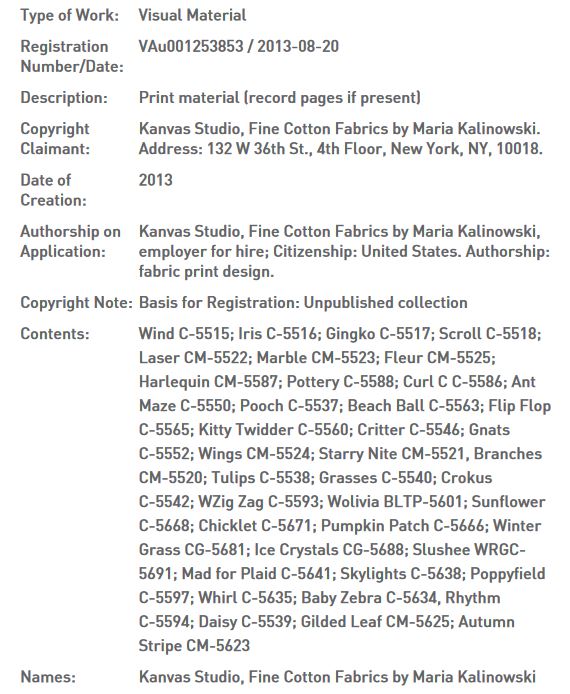From the CBC’s website on December 12: ‘My stomach dropped’: Artist discovers ‘stolen’ work on shirts being sold at Winners cbc.ca/beta/news/canada/toronto/struggling-artist-copyright-winners-nordstrom-feather-shirts-1.3885330
Synopsis: Artist Jody Edwards, who specializes in water-colors of wildlife, walked into a Winners store recently and recognized her artwork (very distinctive paintings of indi-vidual feathers) on shirts for sale at the store. The problem: this was news to her. Whoever designed the fabric on the shirt copied some of her feather artwork, digitally stretched and flipped it, then incorporated the altered images into the cotton fabric’s design. Naughty, naughty — even a kindergarten student knows that’s called stealing!
Reading the article, I thought about different scenarios involving artwork on clothing used on set that we have come across over the years. It seems to be almost impossible these days to purchase a completely unadorned article of clothing in a store. The company that’s getting your money also brands its logo on your chest while you wear the purchased shirt. As if your spending your money on it in the first place isn’t investment enough in their company — now you are their billboard too. This sewn-in branding presents problems on set for production staff unfamiliar with the clearance process. What seems like a dime-sized company logo practically invisible to most pedestrians passing it on a city street turns into a neon sign when it’s part of a close-up shot of a lead actor that ends up on promotional materials for the film.
Then there are the louder clearance issues, like a t-shirt featuring the likeness and name of a prominent musical group. We haven’t heard of too many musicians saying “No” to that type of exposure over the years. Use of that shirt, though, might add some time to your prep when you discover that the management staff who needs to sign off on your featured use are on the road for most of the week when you need your answer. So it’s always good to have an equally desirable Plan B for situations like this.
Here’s a sample:

You can see from the information provided here that even if your art department could only find the words Kanvas Studio on the edge of the fabric that looked like a pumpkin patch, we would be able to find the extra clue of Maria Kalinowski at the copyright website and then search further for her so that the permission request could begin.
As always, the more prep time spent on these things the better. If you have pumpkin patch fabric on the tablecloth in the dining room scene, a death metal t-shirt on the teenager in the driveway scene and a Gucci logo on the male lead’s shirt in the dining room scene, and if they all play in Week One, you’ll have some headaches if no one has looked into who owns what beforehand. The more of this legwork you can do before production starts, the better.
First published January, 2017
